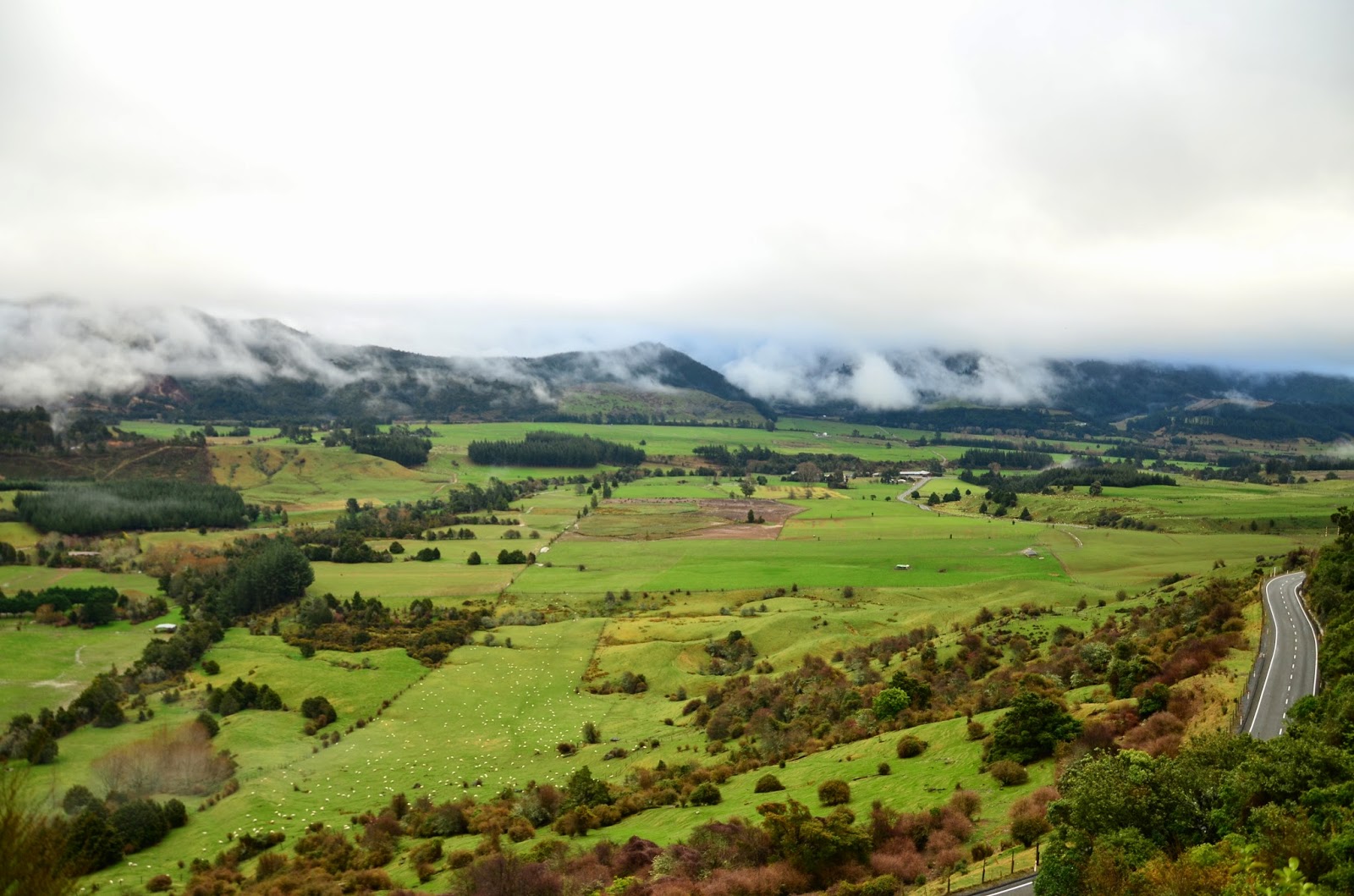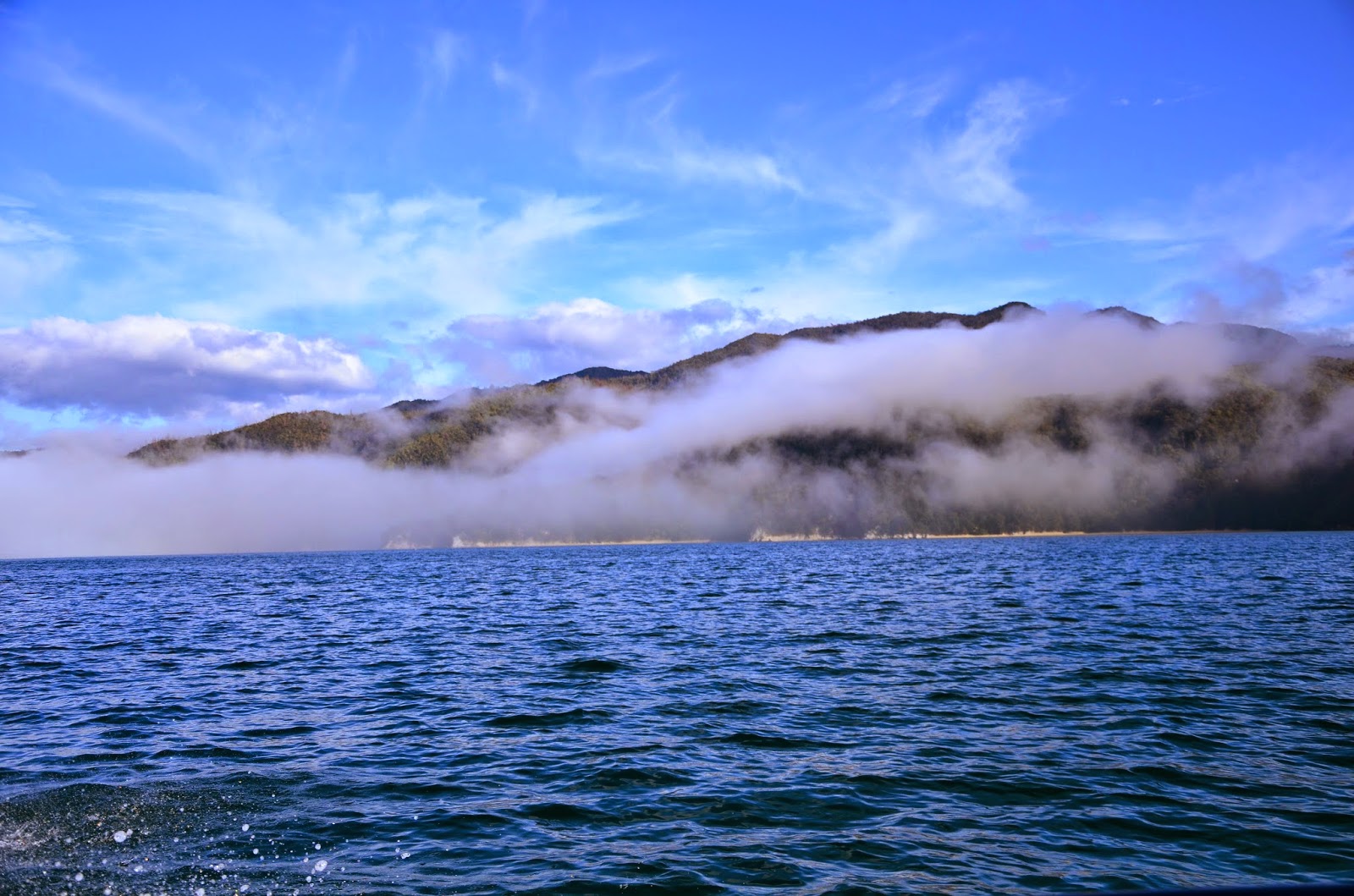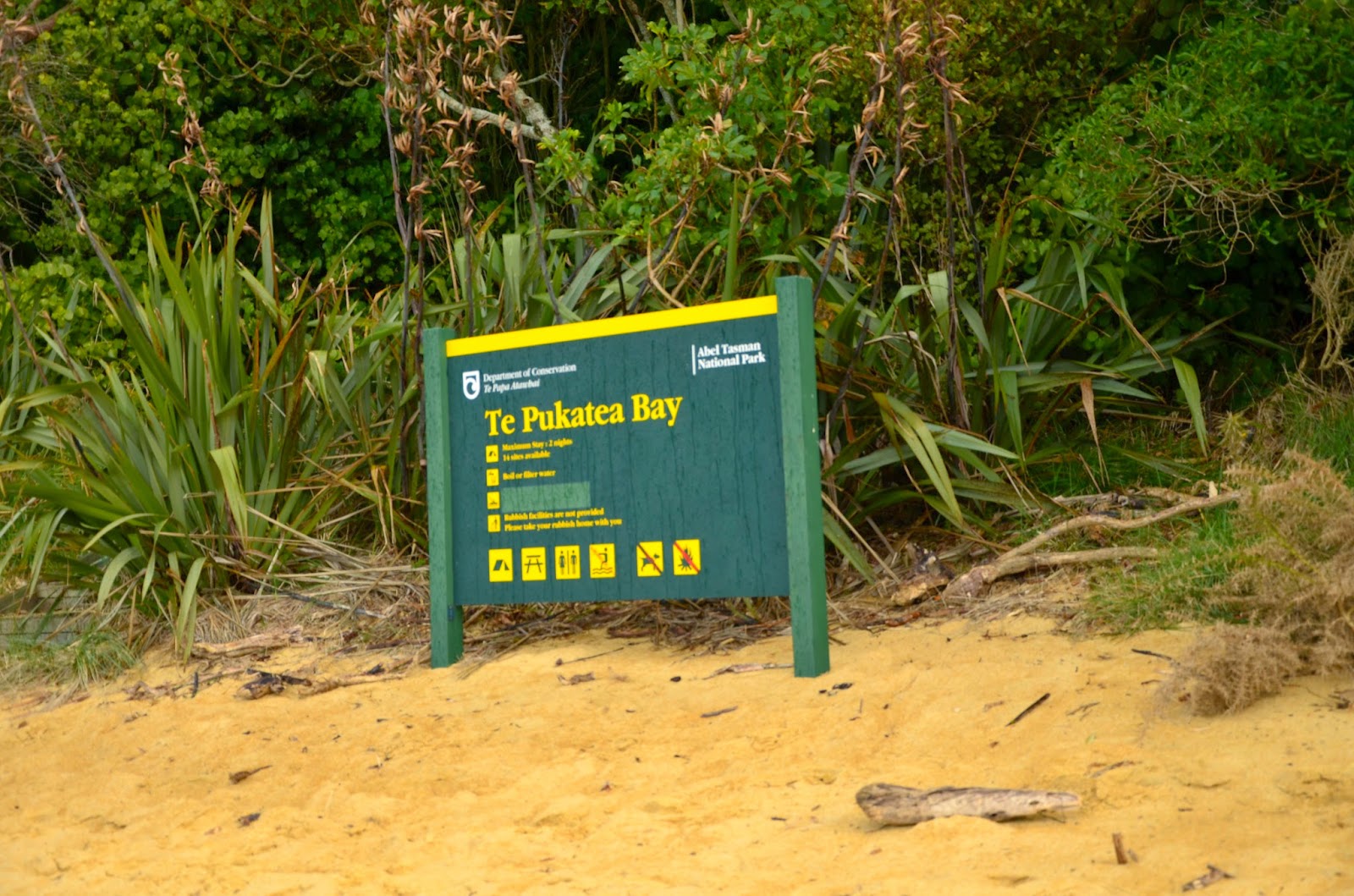Journey to Abel Tasman Centre, Marahau
The journey will be 17.6 KM and need just 23 mins to reach. Lucky do not need to cross Takaka Hill highway, one of the most challenging road i ever encounter in New Zealand.
Low tide in the morning, all the boat, yacht and etc like on land.
Water Taxi.
Abel Tasman tour start
Abel Tasman Golden Future Conservation Tours. One of the best tour around, we consider lucky on that day as we are the only customer around, so we have the whole boat. The boat need to use tractor to pull the speed boat to the sea.
Here is where the boat go into the sea.
Split Apple Rock
Split Apple Rock is a geological rock formation in The Tasman Bay off the northern coast of the South Island of New Zealand.
Made of granite, it is in the shape of an apple which has been cut in half. It is a popular tourist attraction in the waters of the Tasman Sea approximately 50 metres off the coast between Kaiteriteri and Marahau.[1]The rock sits in shallow water at low tide and is accessible by wading. It is also a point of interest for the many tourist boats and pleasure craft which operate along the shores of the Abel Tasman National Park.
The cleft to produce two sides of the 'apple' was a natural occurrence. It is unknown when this happened and therefore the cleaving of the rock has attracted mythological explanations.[2]
http://en.wikipedia.org/wiki/Split_Apple_Rock
The mist is coming from the sea, is like chasing from behind.
Dried Sea Urchin
Seal swimming around at Frenchman Bay.
Seal swimming around video.
Auto Rat Trap, new generation that can kill rat automatically. To reduce the mouse population as the rat keep eating bird egg.
Rats are introduced pests which threaten the long-term survival of native species. They include the Pacific rat/kiore, ship or common rat and Norway or brown rat.
Kiore, introduced by early Maori voyagers, predate rare weta, snails, frogs, lizards, tuatara, birds and bats, as well as other insects and the flowers, fruits and seeds of plants.
Ship rats and Norway rats also eat any small animals and plant material, including the adults, eggs and chicks of many rare birds. More info: http://www.doc.govt.nz/conservation/threats-and-impacts/animal-pests/animal-pests-a-z/rats/
Where we have lunch, under the rain.
Tour guide advice not to feed the bird as this will destroy their natural life. If keep feeding them, they will lose the skill of finding food them self in wild.
Weird mushroom. White Ileodictyon cibarium.
Ileodictyon cibarium - Ileodictyon cibarium is a saprobic species of fungus in the family Phallaceae. It is endemic to New Zealand (keep your eye out JT ;) ), where it commonly known as the basket fungus or the white basket fungus, alluding to the fruiting bodies that are shaped somewhat like a round or oval ball with interlaced or latticed branches. While the immature volvae are edible, the mature fruiting body is foul-smelling and covered with a slime layer containing spores on the inner surfaces.
Abel Tasman jungle tracking. Stew, our tour guide and owner of the Abel Tasman Conservation Tours.
First time see where a rainbow end. wonder the treasure box is there? Let go find it.
Low Tide in the evening cause the boat unable to reach the shore, so Stew need to use tractor to pull the boat back to the shore. He need to run on the knee high extremely cold sea water to get the tractor.
Selfie with Stew.
After long Abel Tasman tour , we drive back to Motueka and cook dinner. Rest early as well.
End of the Day 14



















































No comments:
Post a Comment